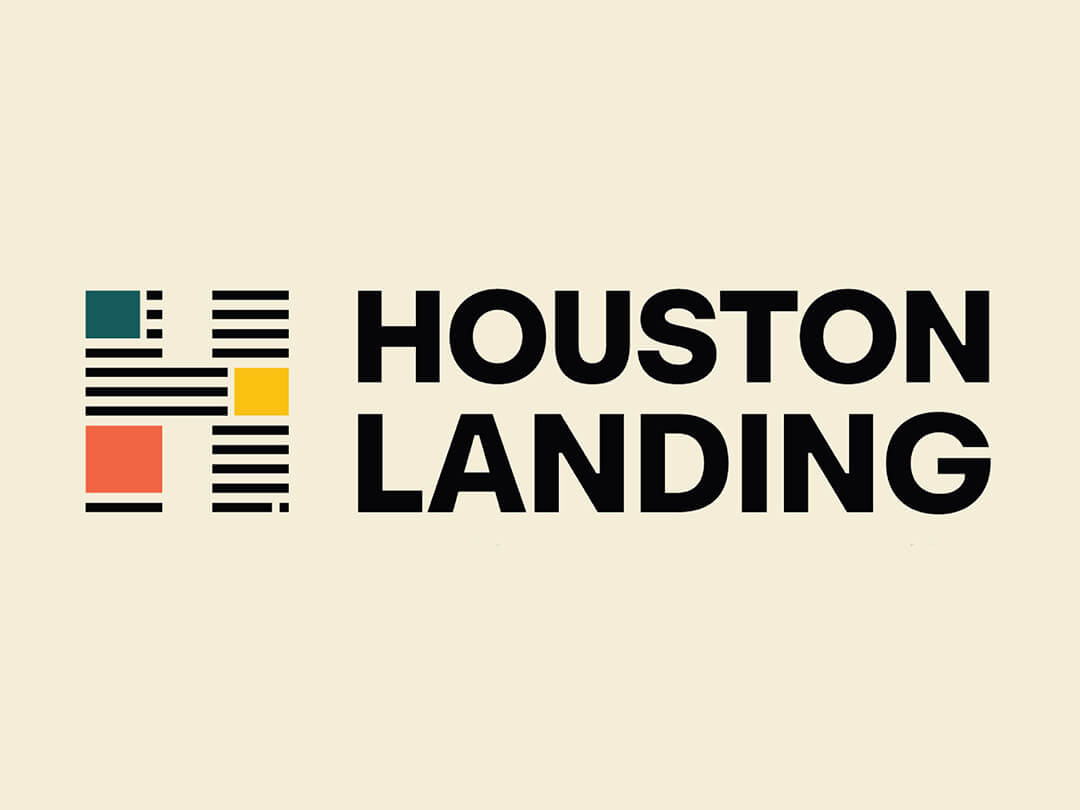Gannett, long committed to meeting Wall Street's profit demands, hit the mark again for the third quarter — but only by vigorous cost cutting and gains from a digital marketing subsidiary.
The revenue picture for USA Today and Gannett's 109 regional newspapers and digital sites was bleak. On a same property basis, total revenues were down 11 percent year-to-year. Print advertising was off 18.7 percent — roughly the same as at the New York Times Co. or fellow regional publishers Tronc and McClatchy.
But circulation revenues were a problem too —- down 7.9 percent on a same property basis. Digital audience grew to 125 million monthly uniques. However, except for gains in ad placements from the new marketing subsidiary, ReachLocal, digital advertising revenues were down 5.9 percent.
An analyst on Gannett's earnings conference call asked how gains in total digital audience translate into higher digital ad sales. CEO Bob Dickey and other executives did not give a direct answer, though Dickey said that the big audience and geographic reach has helped land new national contracts.
Looking ahead, Dickey said that loyal home delivery customers are accepting price increases and that subscription revenues should improve in the fourth quarter and 2018. He also noted, in passing, that the regional papers are holding their own in audience revenue, and that the big losses are for the print edition of USA Today.
That stands to reason because the once-ubiquitous coin boxes offering single copies of the paper in front of restaurants or convenience stores have virtually disappeared.
Asked whether print ad losses may get less bad next quarter or next year, Dickey replied, "We don't see anything significantly different."
Dickey said that expenses on a same property basis were down 12 percent year-to-year. Most of those savings are from printing and distribution, including lower newsprint costs. There have also been smaller trims to local news and ad sales staff.
Gannett acquired ReachLocal in August 2016, but because of existing contracts with other vendors, is only now rolling it out in all its community papers. It showed 9 percent revenue growth from the second quarter.
With those helping factors, Gannett had $23 million in net income for the quarter on revenues of $732 million, a margin of 3.1 percent.
Over the past several years, Dickey has often described a consolidation strategy — acquiring newspapers and bringing savings of scale and the national news report of USA Today to the operations.
The subject did not come up today in the company's news release, Dickey's remarks on the call or the analysts' questions.
The last substantial newspaper company Gannett bought was the Bergen Record and other north New Jersey papers in July 2016. It acquired ReachLocal soon after and last month took a majority interest in Grateful Ventures, which provides digital content for local food and cooking sites and plans to expand into other lifestyle topics in 2018.
So I am inferring that Gannett's interest in other papers and their digital sites — like those in Austin and Palm Beach that went on the market this week — may have cooled.
Likewise, New Media Investment, a big buyer of papers over the past several years, is primarily looking at digital acquisitions, its CEO Mike Reed said in an earlier third quarter conference call.
A.H. Belo, owner of the Dallas Morning News, announced Tuesday that it is consolidating and expanding its cluster of digital market services and advertising businesses. Belo also said that it is selling its only other paper, the Denton Record Chronicle, to its local publisher.
Tronc is bucking the trend to a degree — acquiring the New York Daily News in September for $1 and assumption of liabilities. Asked by an analyst in a call Wednesday afternoon how much the Daily News is losing each month, Tronc executives declined to say.
They like the Daily News (which predecessor Tribune owned until 1991) for establishing a presence in the country's three largest cities and adding to the total reach of Tronc's digital audience. But it remains to be seen how and whether that strategy will pay off.
On a week when the elephants in the room were getting a grilling at Congressional hearings, executives have chosen not to rehash the damage Facebook and Google do to their ad base (not to mention Amazon's effect on bricks and mortar retail advertising).
But it is clear that, except at The New York Times, print advertising losses continue to outpace revenue gains from digital subscriptions or digital ads. More than ever that makes developing other revenues like sponsored events or digital services a short-term necessity.







